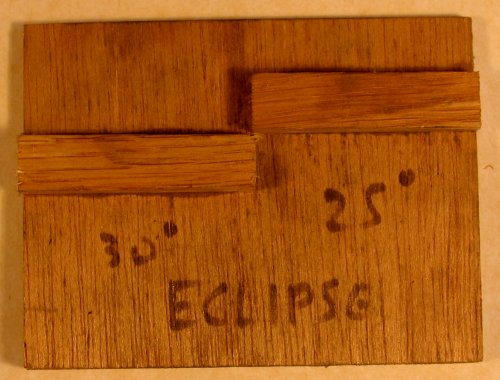curlycomber
Member
- Joined
- 13 Jan 2008
- Messages
- 11
- Reaction score
- 0
Hi,
I am still new to all this but loving it.
I have in the past bought a variety of "sharpening jigs", Stanley for instance and haven't had a huge amount real success, probably I don't know what I am doing. I did see on this forum a system from Axminster called Vertitas (maybe).
Is this a better way of doing the job. In the past I either have had a problem getting the angle correct or getting the blade to stay square in the jig.
The one I think I saw was more expensive that the Stanley and look more comprehensive.
Any advice would be gratefully received.
I am still new to all this but loving it.
I have in the past bought a variety of "sharpening jigs", Stanley for instance and haven't had a huge amount real success, probably I don't know what I am doing. I did see on this forum a system from Axminster called Vertitas (maybe).
Is this a better way of doing the job. In the past I either have had a problem getting the angle correct or getting the blade to stay square in the jig.
The one I think I saw was more expensive that the Stanley and look more comprehensive.
Any advice would be gratefully received.


































